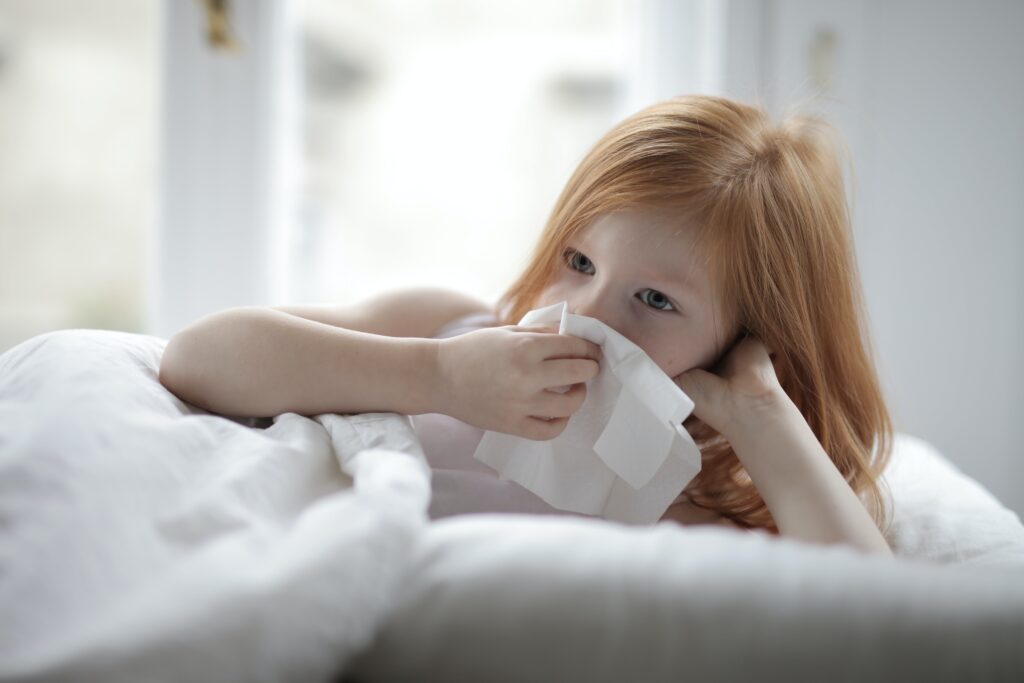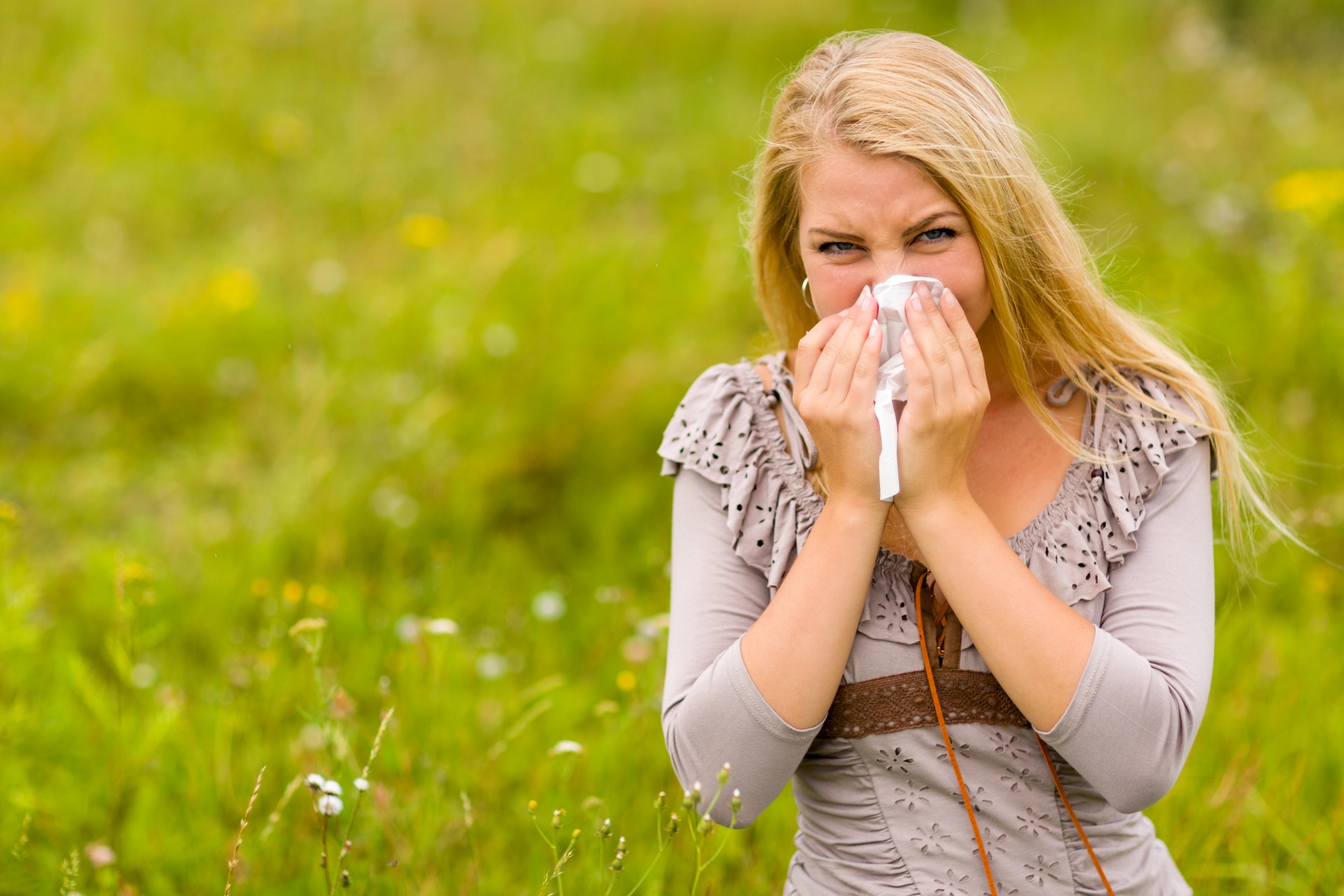Flu Prevention: Your Ultimate Guide to Staying Healthy – In today’s fast-paced world, staying healthy is more important than ever, and one of the most effective ways to safeguard your health is by preventing the flu. In this comprehensive guide, we’ll delve into everything you need to know about flu prevention, from understanding the flu virus to practical strategies for staying flu-free.
Flu Prevention: Your Ultimate Guide to Staying Healthy

Understanding the Flu Virus
The flu, short for influenza, is a highly contagious respiratory illness caused by influenza viruses. These viruses are categorized into different types, including influenza A, B, and C. Influenza A and B are the primary culprits behind seasonal flu outbreaks, while influenza C typically causes milder symptoms.
The flu spreads mainly through respiratory droplets when an infected person coughs, sneezes, or talks. These droplets can land in the mouths or noses of people nearby or be inhaled into the lungs, leading to infection.
Common Symptoms of the Flu
Recognizing the symptoms of the flu is crucial for early detection and treatment. Common flu symptoms include fever, cough, sore throat, body aches, fatigue, and headache. It’s essential to distinguish between cold and flu symptoms, as they can overlap but often differ in severity and duration.
Importance of Vaccination
Vaccination is the most effective way to prevent the flu and its complications. Flu vaccines work by stimulating the immune system to produce antibodies that provide protection against specific flu viruses. Everyone six months and older, especially high-risk individuals such as young children, pregnant women, older adults, and people with chronic medical conditions, should get vaccinated annually.
Hygiene Practices for Flu Prevention
Simple hygiene practices can significantly reduce the risk of flu transmission. Regular handwashing with soap and water for at least 20 seconds is crucial, especially after coughing, sneezing, or touching common surfaces. Additionally, covering coughs and sneezes with a tissue or the inside of your elbow can prevent the spread of flu viruses.
Boosting the Immune System
Maintaining a healthy lifestyle is essential for supporting your immune system and reducing susceptibility to the flu. Eating a balanced diet rich in fruits, vegetables, and lean proteins, staying physically active, getting enough sleep, and managing stress can all contribute to a robust immune response.
Avoiding Close Contact with Sick Individuals
During flu season, it’s essential to minimize close contact with individuals who are sick. If possible, avoid crowded places or gatherings where the risk of flu transmission is higher. In the workplace, encourage sick employees to stay home to prevent spreading the flu to coworkers.
Environmental Precautions
Keeping your environment clean and disinfected can help prevent the spread of flu viruses. Focus on frequently touched surfaces such as doorknobs, light switches, and countertops, and use EPA-approved disinfectants to kill germs effectively. Proper ventilation and air filtration can also improve indoor air quality and reduce the concentration of airborne viruses.
Managing Flu Symptoms
If you do contract the flu, managing symptoms promptly can help alleviate discomfort and prevent complications. Over-the-counter medications such as pain relievers, decongestants, and antiviral drugs may help alleviate symptoms and shorten the duration of the illness. Additionally, home remedies such as staying hydrated, resting, and using humidifiers can provide relief from congestion and coughing.
When to Seek Medical Attention
While most cases of the flu resolve on their own with rest and supportive care, certain warning signs may indicate a more severe illness requiring medical attention. These include difficulty breathing, persistent chest pain, sudden dizziness, confusion, severe vomiting, or symptoms that improve but then return with fever and worse cough. High-risk groups, including young children, older adults, pregnant women, and individuals with underlying health conditions, should seek medical care promptly if flu symptoms develop.
Flu Prevention for Children
Children are particularly vulnerable to the flu and its complications, making vaccination and hygiene practices essential for their protection. Pediatric flu vaccines are safe and effective and should be administered annually to children six months and older. Teaching children proper handwashing techniques and encouraging them to cover their mouths and noses when coughing or sneezing can help prevent the spread of flu viruses.
Flu Prevention for Older Adults
Older adults are at increased risk of severe flu-related complications, making flu prevention particularly important for this demographic. In addition to annual vaccination, older adults should take extra precautions to avoid close contact with sick individuals and practice good hygiene habits. Pneumococcal vaccination is also recommended for seniors to protect against pneumonia, a common flu complication.
Travel Precautions During Flu Season
Traveling during flu season poses additional risks of flu exposure, especially in crowded airports, airplanes, and public transportation. To minimize the risk of infection, practice good hand hygiene, avoid touching your face, and consider wearing a face mask in crowded or enclosed spaces. If traveling internationally, check for any travel advisories or requirements related to flu vaccination or testing.
Workplace Flu Prevention Strategies
Employers play a crucial role in promoting flu prevention in the workplace. Implementing sick leave policies that encourage employees to stay home when sick can help prevent the spread of flu viruses to coworkers. Providing onsite flu vaccinations, promoting hand hygiene, and regularly disinfecting shared surfaces can further reduce the risk of flu transmission among employees.
Conclusion
Flu prevention is a multifaceted approach that involves vaccination, hygiene practices, immune support, and environmental precautions. By taking proactive measures to protect yourself and others from the flu, you can minimize the impact of seasonal outbreaks and maintain optimal health year-round.
FAQs
- Is the flu vaccine safe for everyone?
- Yes, flu vaccines are safe for most individuals, including pregnant women, children six months and older, and people with chronic medical conditions.
- Can I get the flu from the flu vaccine?
- No, the flu vaccine contains inactivated viruses that cannot cause the flu. Some people may experience mild side effects such as soreness at the injection site or low-grade fever, but these are typically short-lived and not indicative of the flu.
- How long does flu immunity last after vaccination?
- Flu immunity typically develops within two weeks of vaccination and can last throughout the flu season. However, immunity may wane over time, so annual vaccination is recommended for optimal protection.
- Can I still get the flu if I’ve been vaccinated?
- While flu vaccines are highly effective, they are not 100% foolproof. It’s still possible to contract the flu after vaccination, but the illness is likely to be milder and shorter in duration compared to unvaccinated individuals.
- What should I do if I think I have the flu?
- If you develop flu-like symptoms, stay home, rest, and avoid close contact with others to prevent spreading the virus. Drink plenty of fluids, take over-the-counter medications as needed, and seek medical attention if symptoms worsen or persist.




